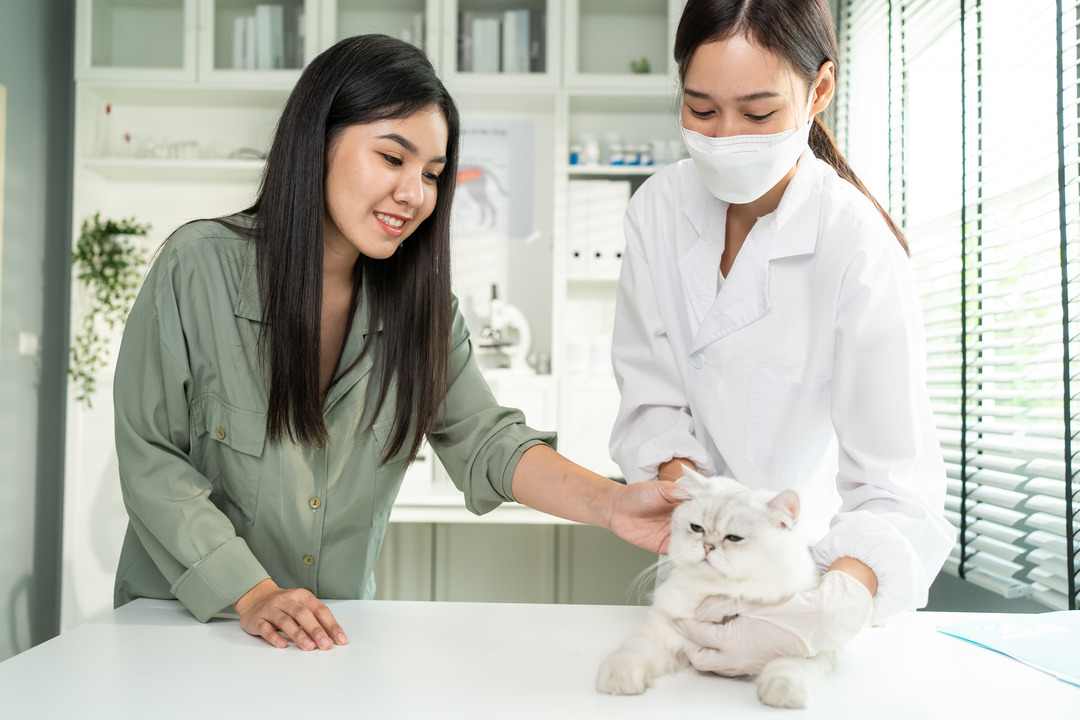KUALA LUMPUR (ANN/THE STAR) – Malaysia’s Pet owners are howling over the soaring costs and stark discrepancies in veterinary care fees, spotlighting a growing concern as pet ownership rises.
The escalating expense of veterinary services has sparked outcry among pet lovers, questioning the reasons behind such dramatic disparities in pricing across clinics.
Unlike medical care for humans, which is governed by stringent regulations under the Private Healthcare Facilities and Services (Private Hospitals and other Private Healthcare Facilities) (Amendment) Order 2013, veterinary costs remain unchecked.
Critics argue that this lack of oversight has empowered some veterinarians, particularly those overseeing small animal practices, to levy what they consider exorbitant fees.
(Small animal practices are veterinary establishments that treat cats and dogs as well as other animals that are not wildlife or poultry and livestock.)
When contacted, a unit head from the Veterinary Services Department (DVS) said the department did not have the jurisdiction to control pricing as there was no relevant legislation.
“We can only control the pricing if laws have been passed. Without any legislation in place, we cannot interfere in the operations of private veterinary clinics.
“And if we were to regulate the clinics and their pricing, we have to do it through the Malaysian Veterinary Council (MVC), which is not prepared for the task,” he said.
Dr Saravanakumar S Pillai, a former DVS senior deputy director, said veterinary care pricing has yet to be legislated because the industry is still in its infancy.
“It is only in recent times that veterinary clinics had started mushrooming and veterinarians began treating all kinds of illnesses and diseases.
“Before that, it was just minor treatments such as spaying, castration and vaccination.”

Dr Saravanakumar, who is now with Humane Society International, said pets were now cherished by family members and owners would go all-out to get them treated, unlike in the past.
He added that the demand for sick pets to be kept alive for as long as possible had also spurred veterinary practices to get high-end diagnostic equipment.
“Veterinarians are now treating ailments that they never had to treat before such as cancer, diabetes, kidney and liver problems, heart disease and many other illnesses,” he said, adding that veterinarians were also carrying out spinal and various other orthopaedic surgeries.
Dr Saravanakumar said veterinary practices also need to make money to cover staff salaries, high rentals, and fat utility bills.
To make matters worse, fresh veterinary graduates are in high demand as the DVS, veterinary clinics, pet food industry, pet vaccine manufacturers and big-scale farms are rushing to hire them as soon as they finish their studies.“So, unless veterinary clinics pay them competitive salaries, they won’t be able to hire them,” he added.
Another reason for the high bills is the decline in the ringgit’s value, given that drugs for animals have to be bought from overseas.
“Many of the drugs that we need to treat animals are not available nor registered here. The generic variations are also not available in Malaysia,” said a senior veterinarian who declined to be named.
“So, we are left with no choice but to order them from Singapore,” he said.
He explained that besides paying for the drugs in Singapore dollars, transportation costs can come up to SGD150 (MYR522) for each trip.
He added that foreign veterinary drug manufacturing companies were not keen to register their drugs here due to the conditions set by the National Pharmaceutical Regulatory Agency (NPRA).
“They feel it is not worth the trouble adhering to the NPRA conditions, such as having labels in Bahasa Malaysia as well as inserting a security hologram, because our market is too small for them,” he said.
Malaysian Small Animal Veterinary Association (MSAVA) president Dr Tan Check Nam said the main reason for the disparity of pricing between clinics was the unequal standard of veterinary practices.
“Some clinics are well-equipped and the clinicians there go all-out to diagnose, while other clinics do not have much equipment and are one-man shows where medicines may be dispensed with little or no examination.”
MSAVA executive council member and veteran veterinarian Datuk Dr Vellayan Subramaniam said his organisation had drawn up a pricing guideline to be agreed on by all its members some years ago.
“We are relooking and adjusting the pricing guidelines for our members currently,” he added.
However, he said it would still not help much as not all small animal practice veterinarians are MSAVA members and they could not be expected to follow the pricing guide.


